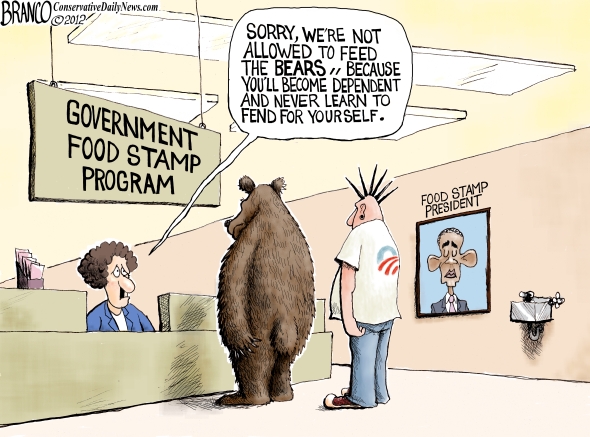
Posted on 05/27/2021 9:49:39 AM PDT by Red Badger
A trio of researchers from Manchester Metropolitan University and the University of Edinburgh has found that people filling garden feeders have a pervasive and long-distance impact on bird populations. In their paper published in the journal Proceedings of the Royal Society B, Jack Shutt, Urmi Trivedi and James Nicholls describe their study of bird droppings across parts of Scotland.
Hanging bird feeders and filling them regularly has become a popular pastime in the U.K. as people sit and watch the birds that come to feed from them. But what impact does so much easy feeding have on the birds? Scientists do not really know. In this new effort, the researchers set out to learn more about it.
The work involved first collecting data regarding bird feeding. They found that approximately 150,000 tons of birdfeed is purchased each year in the U.K. They also found that the amount of feed given to birds is more than triple what would be needed to sustain them all. The researchers next set about collecting fecal samples dropped by birds in a 220 km transect of 39 predominantly deciduous Scottish woodland areas, focusing most specifically on the diet of just one bird species that is widely known to feed from garden feeders—the blue tit. Each sample underwent metabarcoding, which revealed the amounts of different foods a bird had eaten.
The researchers focused most specifically on peanuts in the fecal samples because it is found in almost all bird feeders in Scotland and because it is not something the birds can find in the wild. They found peanuts in 49% of the samples and moths (the birds' natural prey) in only 34% of the samples. The researchers suggest these numbers indicate that blue tits are getting most of their food from bird feeders. And it was not just birds that live close to the feeders—they found large amounts of peanuts in bird droppings up to a mile away from any bird feeder. That finding suggested that virtually every blue tit in Scotland gets at least some of its food from feeders.
The researchers also found evidence that suggested the increase in garden feeding has led to an increase in population densities of blue tits and that could be leading to crowding out of other species such as willow tits. Blue tits are known to evict willow tits from nesting holes.
My yard is one acre with large/old live oak trees with a chain link fence. I have two dogs inside the fence too.
I wonder if all that feeding and overfeeding is making them fat and not able to escape predators as easily? Time to do a study on cat droppings?
I see. That is definitely a lot of fence to install.
i don’t know about the UK but in America squirrels and other critters are also eating “birdseed”.
—
We had mice coming to feed as well. That is until we adopted three feral cats (putting food and water out for them). Don’t know if they caught and ate the mice I just know I have not seen one in two years.
(PS= we did catch them (the cats, not the mice) and had them fixed so there won’t be any more from these three).
Since we have hummingbirds here year-round, we keep their feeders filled. They have to eat about 15 minutes, but even so they get most of their eats from flowers and insects.
You are funny!
Colder than a witch’s...
Some people are so fortunate to fall onto a line of work they actually cherish.
In my yard, there are three kinds of birds.
There’s the welfare birds like the gold finches. They like their seeds cracked and ready to eat in a feeder. Lazy birds. And they do eat a lot.
Then there are those birds that like to crack the shells for their food. These I call the busy birds.
Then, the third group remind me of Trump : they LOVE to work. Not only do they like to crack the shell, but they like to work at getting to the shell. Chickadees are like this. Worker birds. Work work work.
I love the birds and feed them. And, as you can see, they entertain me.
Up on the island of Adak (where the super volcanoes blow), the bald eagles hung out at the Navy landfill or the dumpsters around the galley, and their biggest competitor were the Mexican Ravens who were pretty darn big themselves.
We have a little “bird sanctuary”. I have different feeders. We get about 25 different birds feeding throughout the day. I love to hear their songs and watch them fly in and out. We also have squirrels and chipmunks. Now I guess I have to consider this a guilty pleasure.
Then there are the spoiled rotten birds like the orioles that make me put out fresh orange slices each day. And the Bluebirds that want free housing and specialty organic dried worms. Then the messy birds, the Robin's that poop all over.

Heaven help you if a pelican flies over..................
It looks good on a resume.................
Do you know of a way to discourage grackles? They show up in groups of 5 or 6 at my feeder and hog all the feed for themselves.
No, but they are skittish if you are near a window and wave your arms they fly off.

See Post #10..................
Disclaimer: Opinions posted on Free Republic are those of the individual posters and do not necessarily represent the opinion of Free Republic or its management. All materials posted herein are protected by copyright law and the exemption for fair use of copyrighted works.